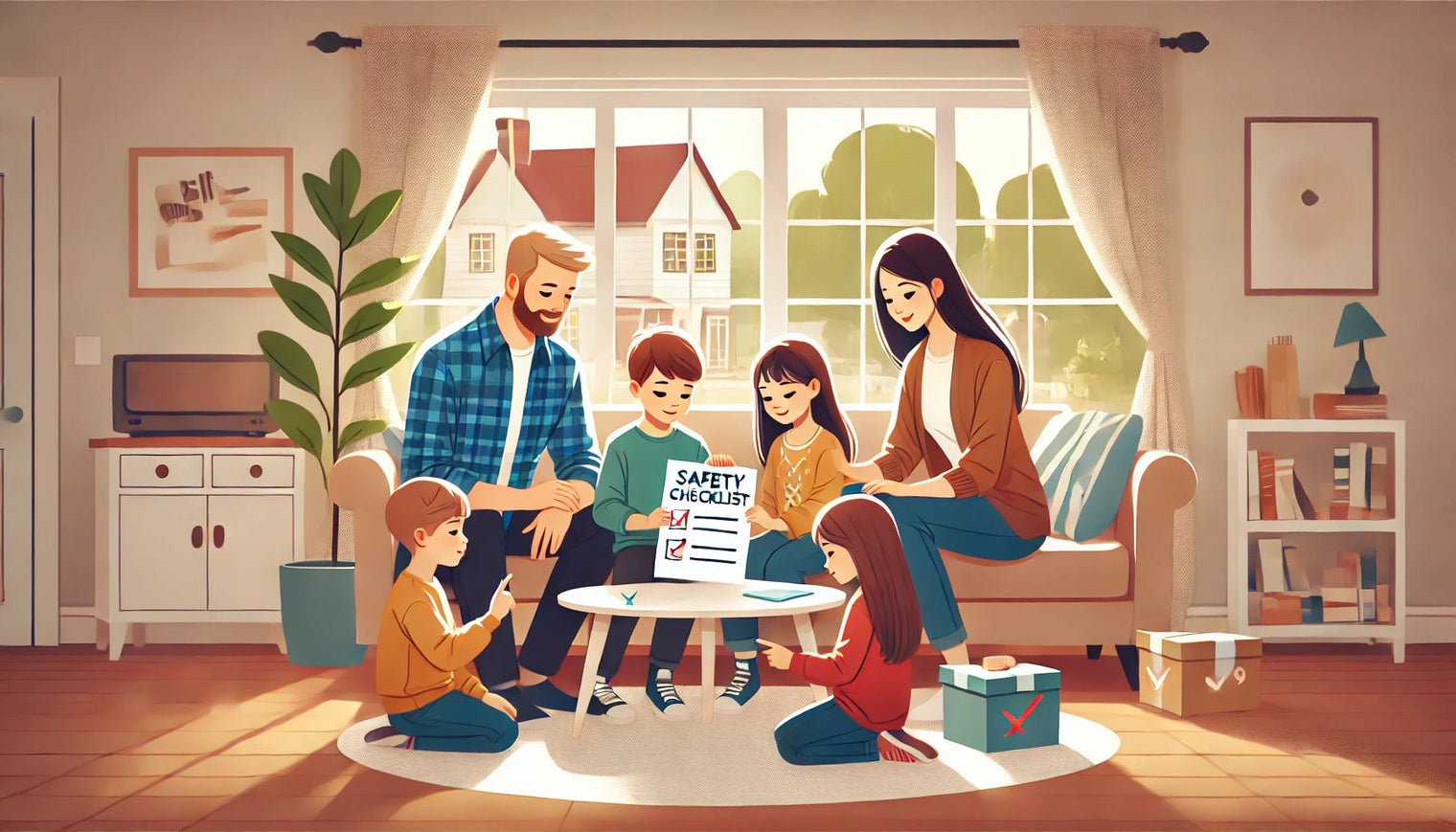In today’s fast-paced world, ensuring the safety of our families is more critical than ever. Building a safety-first mindset within your household is not just about setting rules—it's about creating a culture where every family member is actively engaged in protecting one another. This article will guide you through the steps to create a lasting safety culture at home, highlighting the importance of proactive habits and how tools like Cleverelly can support these efforts.
How Do You Create a Safety Culture?
Creating a safety culture begins with commitment and communication. Every family member needs to understand the importance of safety and be willing to participate actively. Start by establishing clear safety guidelines that everyone can follow. This includes setting rules for everyday activities, like always checking the backseat for children before leaving the car, ensuring sharp objects are stored safely, and creating a fire escape plan.
Involving your family in the process is essential. Hold regular family meetings to discuss potential hazards and how to mitigate them. This not only reinforces the importance of safety but also empowers every member to contribute ideas and take ownership of their safety practices.
How Can You Create a Better Safety Culture?
Improving your home’s safety culture involves continuous education and practice. Regularly update your safety practices based on new information or changes in your environment. For instance, if you install a new appliance or move to a new home, reassess the safety protocols and involve your family in this process. According to HNI, consistent reinforcement of safety protocols and celebrating small victories in safety can significantly enhance your household’s safety culture.
Moreover, leading by example is crucial. As a parent or guardian, your commitment to safety will influence the rest of the family. Ensure that you follow all safety protocols yourself—whether it’s wearing seat belts, using child safety devices like Cleverelly, or practicing safe cooking habits.
What Is an Example of a Safety Culture Practice?
A practical example of a safety culture practice is the daily “backseat check” before leaving the car. This simple habit, reinforced by tools like Cleverelly, ensures that no child is accidentally left behind in a hot car, a leading cause of pediatric heatstroke. Another example is conducting regular fire drills at home. These drills help every family member know what to do in an emergency, reducing panic and ensuring a quick, safe exit.
Safety culture practices are all about making safety a natural part of daily routines. Whether it's double-checking locks before bedtime or teaching children the importance of not running in the house, these small practices accumulate to create a robust safety culture.
What Makes a Strong Safety Culture?
A strong safety culture is characterized by proactive behavior, open communication, and a shared responsibility for safety. According to Simplified Safety, ensuring that all family members have the knowledge and tools they need to stay safe is vital. This includes educating children on potential dangers and how to avoid them, as well as making safety equipment accessible and easy to use.
In a strong safety culture, everyone feels comfortable speaking up about safety concerns. Encourage your children to voice any safety issues they notice, whether it’s a loose step on the stairs or an unsecured cabinet. Addressing these concerns promptly not only prevents accidents but also reinforces the idea that safety is a shared responsibility.
What Creates a Positive Safety Culture?
Creating a positive safety culture involves fostering a supportive and cooperative environment. According to Safeguru, a positive attitude towards safety, coupled with ongoing education and clear communication, is essential for establishing and maintaining a safety-first mindset. Celebrate safety milestones as a family, and regularly discuss why these practices are essential.
Positive reinforcement can also play a big role. Praise children when they follow safety protocols or when they suggest new safety ideas. This not only encourages them to continue practicing safe behaviors but also instills in them the importance of safety from a young age.
Building a safety-first mindset within your family is an ongoing process that requires dedication, communication, and the right tools. By creating a strong, positive safety culture, you can ensure that your home is a safe environment where everyone is aware of potential hazards and knows how to avoid them. Tools like Cleverelly can assist in making these practices second nature, helping you protect what matters most—your family.
For further reading on how to enhance safety culture in your home, consider exploring resources like those offered by the CDC and Sheilds.

